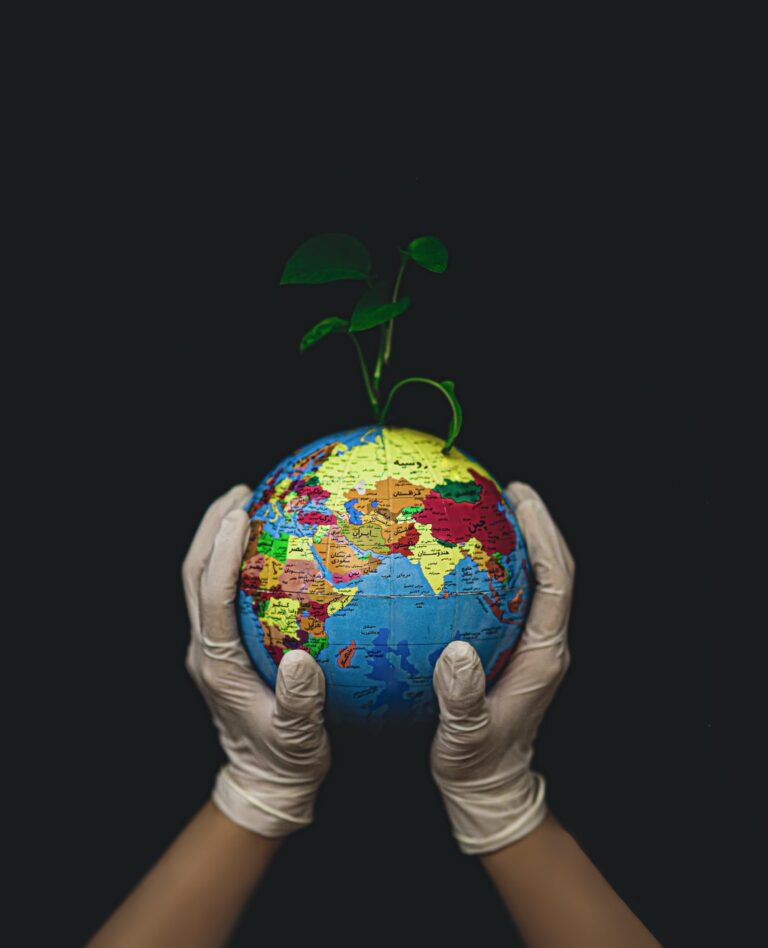
[sidebar_widget sidebar_id=”sidebar-1″ width=”1/1″ el_position=”first last”] [spb_text_block pb_margin_bottom=”no” pb_border_bottom=”no” width=”1/1″ el_position=”first last”]
Some days ago, I traveled to one of the most advanced countries in Asia; Singapore. It was the third time I was visiting the Island country, with each visit I become more and more mesmerized by their technological advancements.
This is a place where groceries can be paid for via NFC ( Near Field communication is the technology behind tap-and-go services like Apple Pay, Android Pay and Amiibo). Initially it felt like a dream world as people in the queue tapped their phones on the POS to pay for groceries and moved on. Why was no one bringing out their credit or debit card or more so using cash? I kindly enquired from the lady at the till when it got to my turn, yes it was NFC and I was impressed. NFC is a contactless method of transaction that can be used for mobile payments, it requires NFC compatibility on its users’ handsets and the availability of contactless terminals at the retail shops. The very latest high end smart phones have the NFC capability in built.
During my previous trip last year, I decided to use the public transport system rather than take an Uber. To my dismay, they do not accept cash, no matter how short the ride. You need to get a smart card and load your transport fee. This was seriously turning out to be a cashless economy. Luckily, I say that with some relief (I am really forgetful about toping up cash, fuel or any of these top up stuff !!) I could get away with cash payments when I used Uber taxis.
This time around, Singapore once again did not fail to impress me. As I purchased my local sim card to have access to telephony and data services on the move, the sales agent kept asking what type of phone I had. I thought this was very unnecessary; shouldn’t we rather be talking about what sim type I wanted ( Nano, micro or standard sim)? She then informed me that Singapore has just discarded the use of 2G spectrum a month ago for telephone services. To my lay friends, this means that 2G or GSM was now officially considered old or archaic for this island country. Mobile Telephony services will now run on 3G and 4G spectrum only, which means most subscribers now have to use Smart phones and maybe some Feature phones, these are normally high and medium end phones. The 2G/GSM only handsets are usually the lower end phones.
You could no longer use your 2G or GSM only phones in Singapore. I smiled, intrigued by this country’s determination to always move fast to adopt new technology. While I was fascinated by their move to always be in the technology fore front, I must admit that some of those practices will not work for our market, the Sub-Saharan African market. Far from the desire to move the networks in Africa from old technology, we must also accept the readiness of the market as a factor to be considered. For adoption and growth of a new technology like 3G/4G, there should be a sizable demand or desire for this technology in the market. A quick rule of thumb will be to access the percentage of subscribers that already have handsets that can use this latest technology. Africa is a market where about half the total number of our subscribers are still on 2G or GSM. Ovum indicates that only 2 % of Mobile subscriptions were 2G/GSM during 2016 for countries like Singapore though in the Asian and Oceania region it was 46%. Clearly this market is ahead in the technology leadership even for that region. While in 2016, 60% of mobile subscriptions for Middle East and Africa was 2G/GSM. Taking it at a lower level, it was an average of 60% for a country like Ghana and 66% for Nigeria.
How could we move the subscriber base to a new technology in such a short time? Is there a sizable number of subscribers with latest enabled handsets for adoption? Can Mobile operators afford to subsidize the migration by pushing latest handsets in the market at affordable price points? The reality is that an average feature phone or smartphone will cost approximately forty US dollars and most of the subscribers in the rural arears cannot afford to spend that much on a handset or phone. Therefore, beyond the fact that a new technology is available, is your market ready for it? Is there a business case for Mobile operators to drive this technology in that country? Is there a reasonable size of handsets available in that country to drive adoption amidst other factors?
While in Singapore, I also observed the lack of focus to deploy services for the rural or lower part of the market (the rural or not so rich customers). The minimum top up for a train or Bus smartcard was roughly seven US dollars, though a single ride was less than a dollar. How were they hoping to address the bit sized market in Singapore? In sub-Sahara Africa, we are creating solutions for this customer base; customers’ who are willing to top or buy small sized milk, detergent, recharge cards etc. for just one single use. Is there no market for such users or did such users not exist in Singapore? This cuts across differently from our research into neighboring Asian markets like Indonesia, Thailand, Malaysia and maybe India with similar approaches in addressing these segments of their market. I made the same observation when toping up my phone credit, the minimum possible amount I could top up was roughly twelve US dollars, using any method: a recharge card, online or electronically. I did meet some immigrant workers in Singapore, who I would assume were blue collar workers or earning the minimum wage. So why this seemingly gap in addressing this segment?
Using the most recent International Monetary Fund data available, Forbes said Singapore ‘thrives as a technology, manufacturing and finance hub with a GDP (PPP) per capita of nearly US$56,700. The GDP per Capita in Singapore is equivalent to 411 percent of the world’s average, approximately 17 times more than the GDP for sub Saharan Africa, it is clear the earning power of the average Singaporean is way ahead of us. I would assume the migrant workers there would have an earning power also above the global average. This might suggest why this “bit size” segment might be non-existent or negligible in advanced countries like Singapore. A huge consideration was clearly the importance of knowing your market when it comes to introducing new technology. Singaporean market was clearly different from the sub-Sahara African market especially when it comes to the earning ability of the masses.
I now realized why my Singaporean acquaintances were slightly intrigued when I tirelessly spoke about the great momentum of the Mobile money service in sub-Saharan Africa. While Singapore and most of Asia’s Mobile Money services or Mobile Financial services where targeted largely at banked customers, who used the service for Mobile payments ( online payment of retail goods and services, Bill payments, person-to-person domestic transfers, international remittances etc) . These services can be performed on the mobile phone as proximity payments, where the consumer is using their mobile device to buy parking tickets, pay toll fees at a highway booth, in a retail store or by NFC/contactless payments or using it at a Point-of-sale (POS) merchant acceptance.
In Africa we have gone a step further to use the mobile money service to target the unbanked consumers. Mobile Money service was one of the ways the Mobile operators in Africa were reaching the rural areas and creating financial inclusion amongst the lower end of the subscribers who had no bank accounts or are unbanked. Mobile money was allowing unbanked users to access traditional banking services and microfinance products e.g loans, savings, insurance products using the mobile wallet on their phones hosted with the telecom operators. We were reaching out to the underserved population amongst us, this is very innovative.
Mobile money remains a great breakthrough for the African continent, as this is driving financial inclusion across the region, we are reaching customers in areas where traditional banking services have been unable to extend to. Markets like Ghana, Kenya, Ugandan, Rwanda were in the forefront of this growth and innovative service in Africa.
Thinking about my experience in Asia I must acknowledge, a good understanding of your market will prevent the need to compare with other countries naively. Rather perspective will provide a frame that affords the metrics for comparison to be understood in the context of things like the market demands. In summary, we have to consider the importance of knowing your market when it comes to introducing new technology.

(Credit – Ryan McGuire )
[/spb_text_block]


